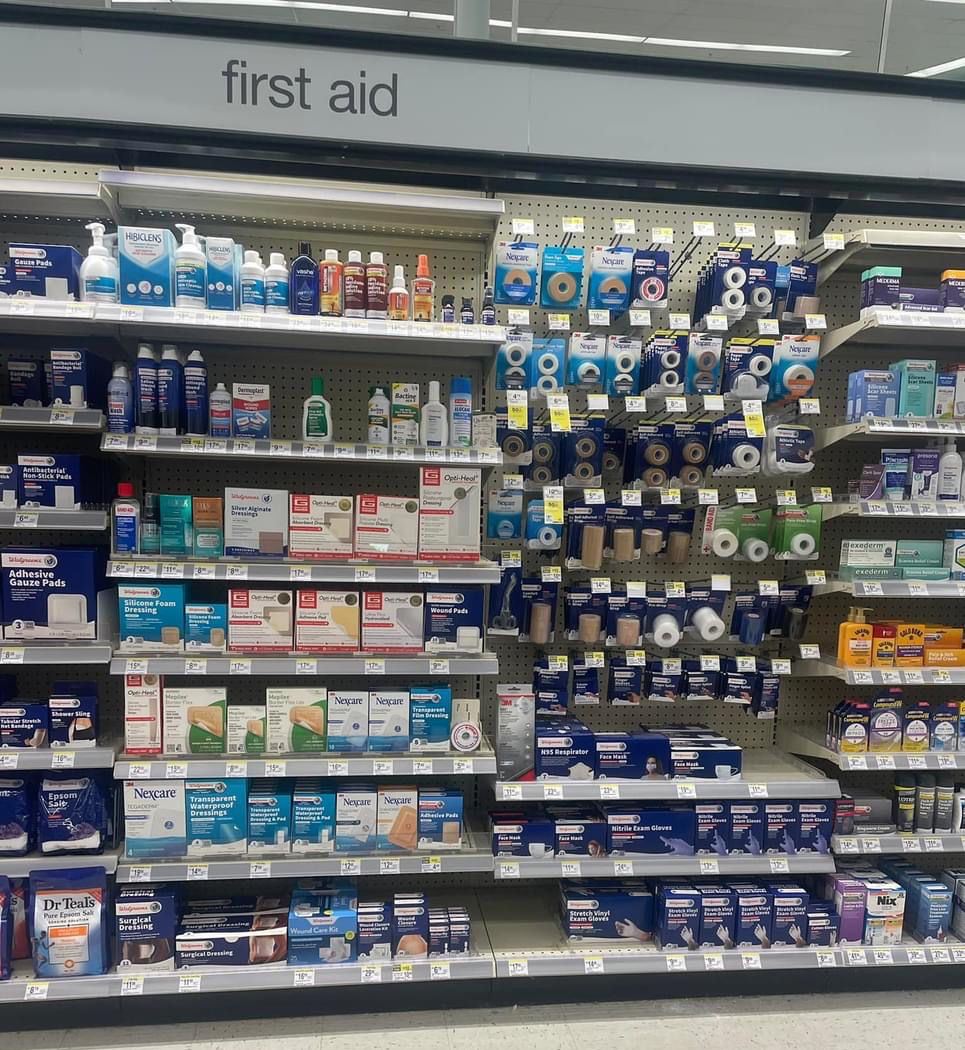What can CPG companies expect this year from Line Review season? In the wake of COVID-19, we saw retailers demonstrate flexibility in operations, including “buy online, pick up in store” (BOPIS) options, curbside pickup, and more. Many sophisticated Retailers consolidated the buying roles of their brick-and-mortar (B&M) and online functions, which has enabled faster decision-making and removed inefficient silos between them. As the Omnichannel habits solidified, inflation simultaneously kicked in. As a result, we have also seen inflation-driven pricing increases, a shift in shopper habits, and reactionary policies to limit further increases. Unit sales are down, and retailers are rapidly shifting resources to drive more top and bottom-line growth.
There are a lot of forces at play. You should expect 2024 to be a tough negotiation season, but our team of Commercial Practitioners has deep experience and can help you prepare for what’s to come. We asked our Simpactful former Retail and Commercial Executives to provide their take on the implications for retail assortment and scorecard strategies to help brands prepare for Line Reviews. Here are the top themes they expect brands to face:
1.) Return of Inventory Investment: Expect SKU rationalization efforts to continue as Retailers challenge the productivity of current assortments, sizes, and transferability or substitutability of SKUs. For example, buyers within the Drug Channel are tasked to reduce mix by anywhere from 5-20% in some cases, depending on the category and Target also has SKU-reduction goals. Brands will be expected to walk in with strong evidence that new items will drive incrementality by filling an assortment gap, filling a new job to be done, driving incremental sales or margin, expanding the category, etc.
 2.) Shopper Value: Continued inflationary pressure has driven significant shifts in consumer shopping behavior and Retailers have been forced to respond to ensure they have a strong value proposition in the store and in each aisle. The Private Label Manufacturer’s Association reports that sales of Private Label grew 4.7% to $236.3B in 2023, setting all-time highs for dollars and volume. Retailers are evaluating their assortment and price architectures carefully. You don’t need to go further than the Walgreens First Aid aisle to see this playing out. In their most recent reset, most brands are single-faced, while private label assortment were not prohibited by small size of prize, IP or trade secret moats are typically double-faced. Short term, assume you are selling against PL and space cuts as you consider assortment, targeting and incrementality strategies, pricing, margin, and other retailer investments. Longer term, consider whether you have sufficient plans in place to deliver value disruption and whether innovation can help to put protective moats in place.
2.) Shopper Value: Continued inflationary pressure has driven significant shifts in consumer shopping behavior and Retailers have been forced to respond to ensure they have a strong value proposition in the store and in each aisle. The Private Label Manufacturer’s Association reports that sales of Private Label grew 4.7% to $236.3B in 2023, setting all-time highs for dollars and volume. Retailers are evaluating their assortment and price architectures carefully. You don’t need to go further than the Walgreens First Aid aisle to see this playing out. In their most recent reset, most brands are single-faced, while private label assortment were not prohibited by small size of prize, IP or trade secret moats are typically double-faced. Short term, assume you are selling against PL and space cuts as you consider assortment, targeting and incrementality strategies, pricing, margin, and other retailer investments. Longer term, consider whether you have sufficient plans in place to deliver value disruption and whether innovation can help to put protective moats in place.
3.) Driving Retailer Specific Demand and Trips: While going through the Line Review process, buyers are considering how the assortment they choose will not only grow their category both top and bottom line but are also seeking opportunities that will drive incremental in-store or online traffic organically, as well as through paid investments. Consider ways to generate early proof points around omni-traffic potential and exclusivity as you prepare for calls. At a minimum, brands should outline well-crafted national and retailer-specific support plans that include Omnichannel merchandising and media plans designed around each Retailer’s shopper and omni platforms using their top-performing tools with investments at sufficiently competitive levels. Presenting a full Marketing Plan, including national media and retailer media plans to drive demand of new products to deliver incrementality is key. Buyers are often goaled on driving utilization of 1P capability and portals (e.g. CVS Extra Care) and will feel more confident in your plans when you invest and use tools like Walmart Luminate or Kroger’s 84.51° to understand shopper behavior and trends. Also consider your national plans, including influencer/social media that will be used to engage consumers. This has been a requirement for Beauty brands for years – we are seeing it quickly expand across other categories – from home improvement to housewares.
4.) Labor Reductions and Related Impacts: Retailers are under significant pressure to deliver bottom-line improvements. They are scrutinizing all costs towards this goal. Labor continues to surface as a high-priority area, and Retailers are getting more creative, having already made many cuts over the past several years. Retailers are continuing to make cuts at Distribution Centers and at the store level. These retail labor cuts are making it harder for brands to meet On-Shelf Availability (OSA) target. In turn, this lower distribution count could hurt the brand in the Line Review lower sales and profit. Simpactful can help you analyze your OSA levels vs retailer targets and to develop an action plan to make improvements while factoring in labor or other key constraints.
With this, we have seen Retailers continue to embrace automation where possible, which has driven mandates for improved labeling for in-bound inventory, and automated fines and fees for non-compliance. And reductions in headcount are leading to scrutiny of reset complexity and Retailer funding requests for more labor and margins than in the past.
5.) Shop-ability: Expect Retailers to look for ways to make the shelf more shoppable by keeping clutter to a minimum and brands to life for consumers. As a result, “clean store” policies are being reviewed which limit secondary displays and limit both excess inventory and ways to drive impulsive purchases for new item launches etc. We have also seen that Buyers are open to brands who are willing to help them with Shopper Based Design Programs – both for online and in-store execution.
6.) Cost to Serve: Retailers are seeking creative ways to share costs and to create new profit centers. Customer-level P&Ls are a critical tool to prepare for the negotiation process. We have helped numerous clients build these and prepare their negotiation strategies. Consider whether to assess your brand margin to the Retailer, taking into account all investments in fines, fees, data, and media. Simpactful has models to help you assess your true margin, and the gap may be lower than you and the retailer think!
2024 is going to be a tough negotiation season with line reviews, but we can help you prepare for what’s to come. Teams that are prepared and understand what is important to Retailers will come out as winners. Simpactful offers a range of Retailer and Category expertise from practitioners that come from both the Brand and Buying sides of the desk. We have deep experience in developing compelling pitches, strategizing to address challenges at the retailer-specific level, and helping to solve unique challenges like on-shelf availability, shrink or demand creation plans.
Ensure your teams are prepared for this year’s Line Reviews. Simpactful can help! Contact our team today at contact@simpactful.com or 925-234-6394. Visit www.simpactful.com




